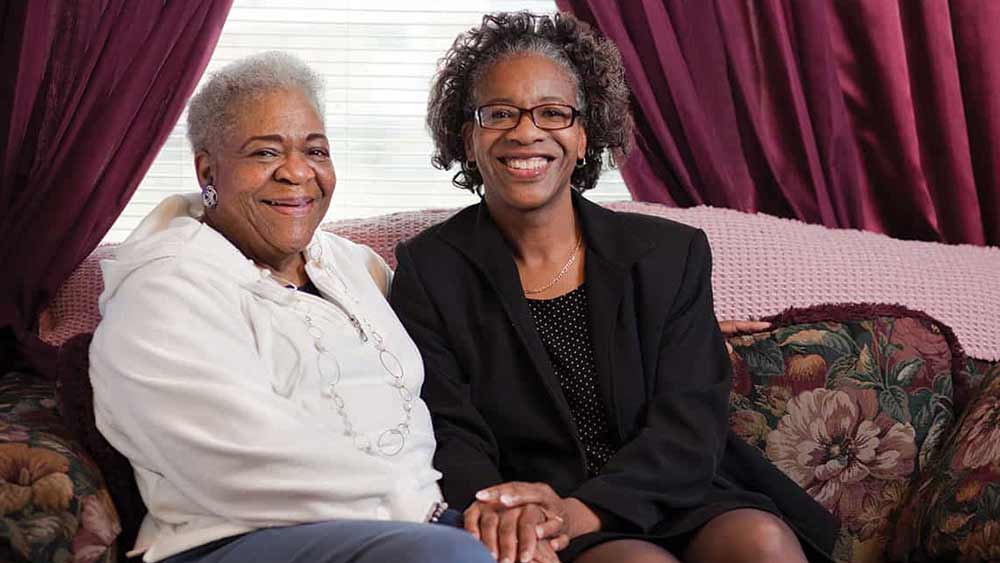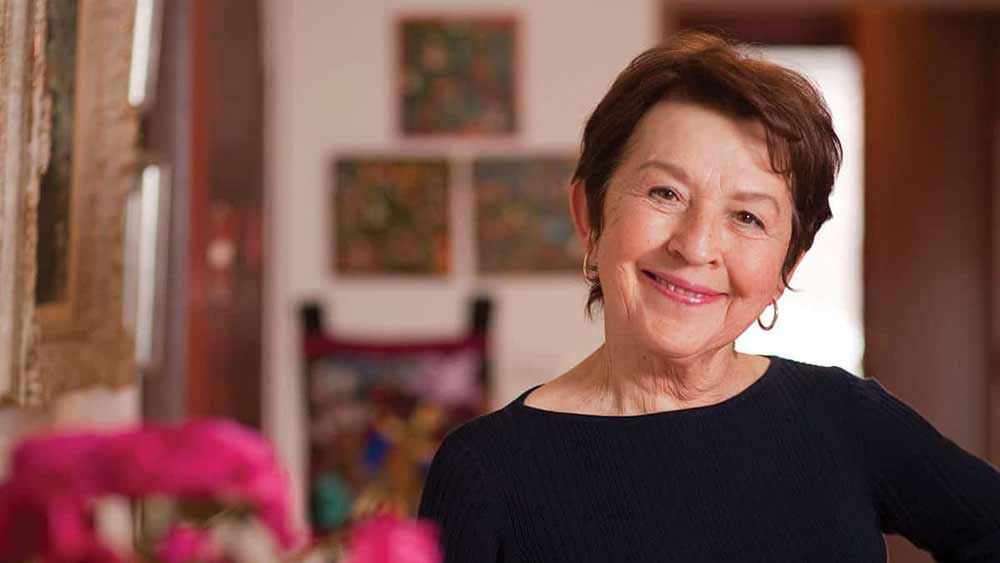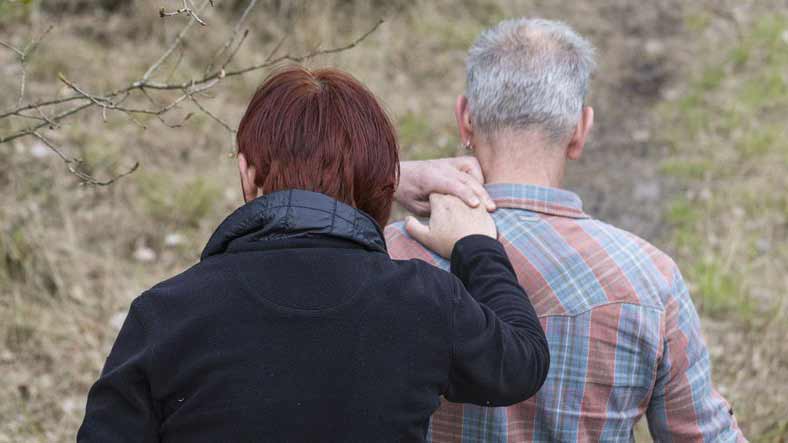

How Virtual Reality Is Helping Seniors Stay Connected
For many years, the concept of virtual reality existed mainly in science fiction films; however, in recent years, technology has been developed that has virtual reality … well, a reality. The hyper-realistic technology has been popping up in the workplace, forms of entertainment, and even the United States Air Force.
Now, virtual reality can also be used to help older adults feel more connected to the rest of the world, reduce loneliness and social isolation, and combat depression. Here are some of the ways in which the technology is being utilized to help seniors.
Traveling the Globe
When stay-at-home orders were issued in different parts of the country due to the COVID-19 pandemic, many people with plans to travel or see family had to cancel or reschedule for a future date. Thanks to virtual reality companies like MyndVR, however, you can still access the world from the comfort (and safety) of your own home. MyndVR’s platform streams hundreds of virtual travel, entertainment and recreational experiences that help transport the user to another place.
The equipment consists of a headset and a companion tablet that can provide “a variety of immersive entertainment experiences,” such as an African safari, driving a race car and scuba diving, among other options. An article published on cnet.com featured an interview with a woman who used her MyndVR to visit a city in Spain.
“We were right in the city square, and there was a tourist who walked right in front of me! I could've touched her," she said of the experience. "I thought that was wonderful."
Staying Connected in an Isolating Time
The Centers for Disease Control and Prevention reports that about one in four adults over the age of 65 is considered to be socially isolated. Factors such as living alone, having a chronic illness, experiencing limited mobility, and loss of hearing or eyesight all contribute to social isolation in typical times. Throw in a global pandemic, and nearly 100% of people will probably report experiencing social isolation. A virtual reality experience from Alcove, which was born in AARP’s Innovation Labs, can help you go beyond connecting with experiences—it connects you to your family members, as well.
According to their website, “Alcove is a virtual reality app connecting family members across generations by bringing them together inside a virtual world filled with immersive experiences.” Alcove is treated as a destination—a virtual home where up to four family members can spend time together—and families can customize their space with photos and artwork that is personal to them. The goal is to foster a sense of togetherness even if families live far apart.
Reviving Memories Once Lost
For those who are struggling with memory loss, virtual reality can provide a visual setting for recalling memories. Virtue Health recently launched a virtual reality-based program called LookBack, which allows users to revisit moments in time that might be part of their deeper personal history. Users could watch a fireworks show from the porch of a typical 1950s home in America, or visit a store in 1953 England as it is preparing for the coronation of Queen Elizabeth II.
LookBack can be personalized, too, with the ability to upload personal photos and by tapping into what’s available from Google Street View. Family members of the user can set up personal virtual reality itineraries, either by providing their own photos and videos or by making suggestions about what should be included for their loved ones.
With the availability of these three virtual reality programs, and many others, it seems like the technology will be here to stay, providing older adults that needed connection to their loved ones and the world around them.







